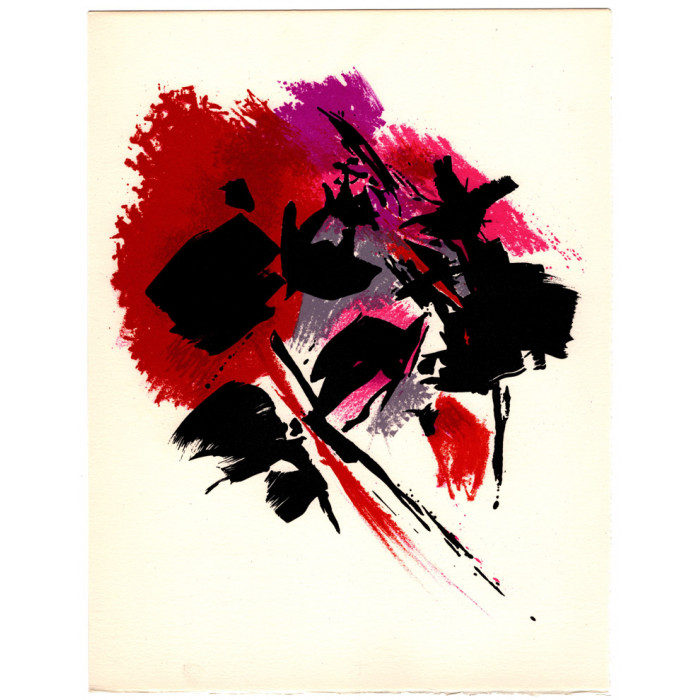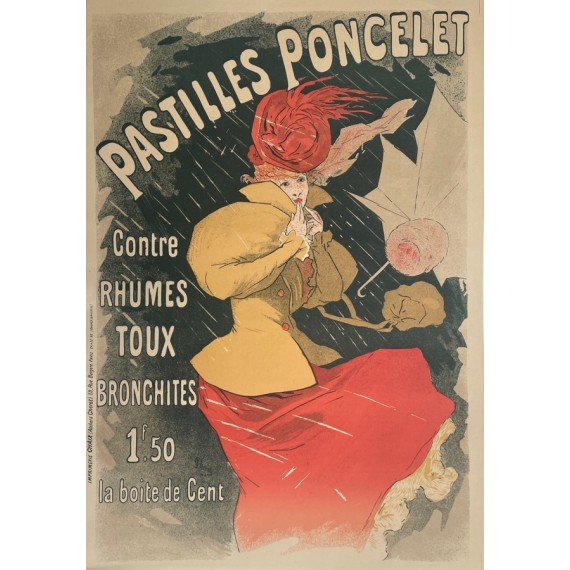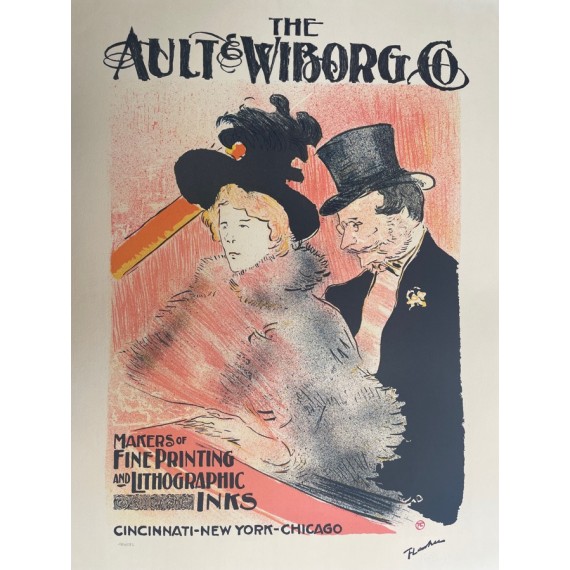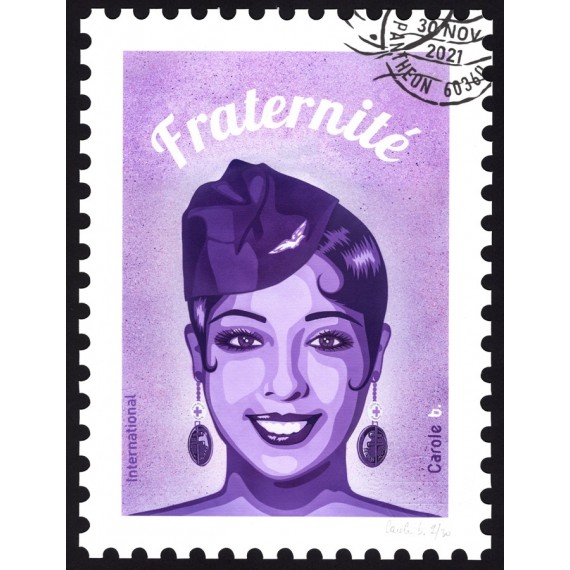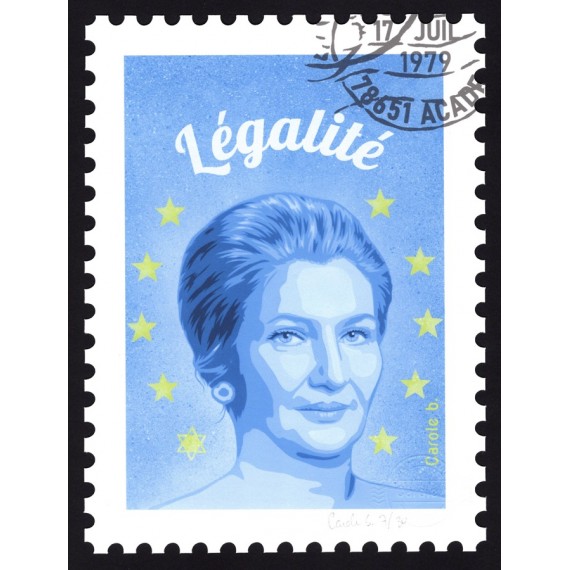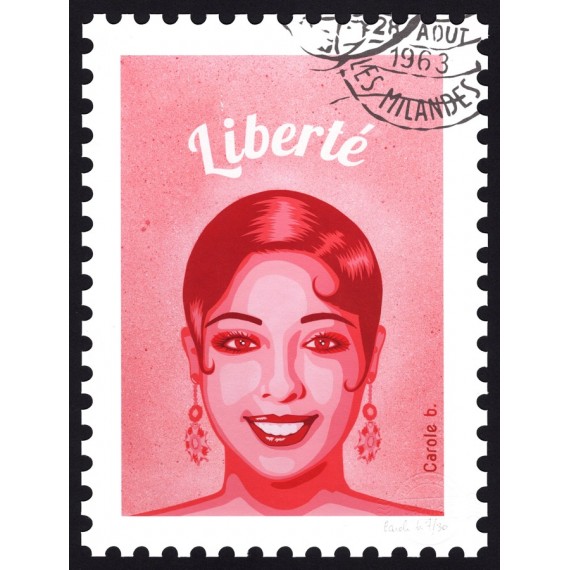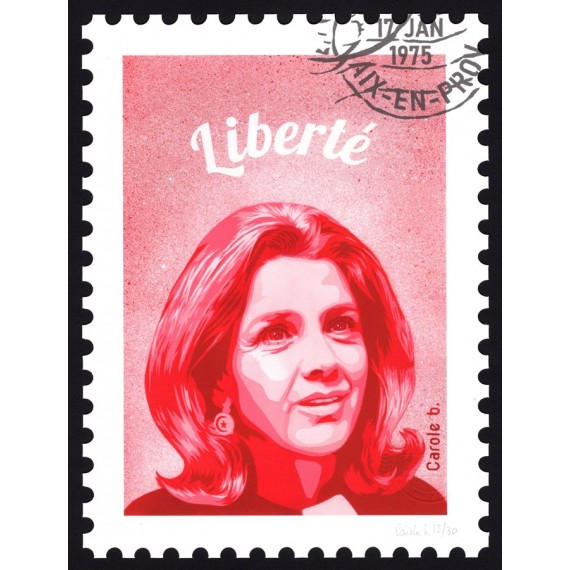/// Alfred MANESSIER ///
" La Tâche Rouge "
Original lithograph. Date 1972.
Dimensions: 32x24cm Not signed.
Edition of 800 unnumbered copies.
/// Biography of Alfred MANESSIER ///
Alfred Manessier, born December 5, 1911 in Saint-Ouen (Somme) and died August 1, 1993 in Orléans (Loiret), is a French non-figurative painter, considered one of the masters of the new School of Paris.
Deeply imbued from his childhood by the landscapes and the light of the Bay of Somme1, he devotes many paintings to the meanders and reflections of the river, to the Picardy coast, to the northern ports.
First strongly influenced by Rembrandt, one of his uncles offering him a biography, he is a studious student, appreciated by his teachers. But it was by copying the masters of the Louvre, who never ceased to amaze him, that he discovered the importance of color and light. Little by little, his painting evolves towards construction and abstraction.
From 1947, stained glass occupied a large part of his work. He produced a large number of them, at the request of the Diocesan Commission for Sacred Art from Besançon to Les Bréseux first, then the Dominicans from Saulchoir. But from the 1960s, he was concerned enough about stained glass and their conservation that in 1964 he created the Association for the Defense of Stained Glass in France with a group of friends.
If he is in good place in places of worship and convents by his tapestries, paintings, stained glass, Manessier refuses the label of "religious painter", and from 1956, date of the uprising in Budapest, he realizes a large number of “politicized” canvases, related to the violence of the world: the Algerian war, the garrotting of Puig Antich, the Vietnam war, the misery of the Favellas, or the struggle of black Americans for their rights. These paintings bear the name of Homage in particular to Martin Luther King, to the father dom Hélder Câmara or of Passions.
Asked in the 1960s to create ballet or theater costumes, he approached a large number of techniques, including a gigantic lithograph, and he left behind a considerable work, which evolved as a result of his travels: in Flanders, Holland, Canada, southern France. His work has won several international awards.
On July 28, 1993, he was the victim of a road accident in the Loiret, and he died on August 1, 1993. He was buried in the cemetery of his native village. His wife Thérèse died in 2000. Source Wikipedia.

